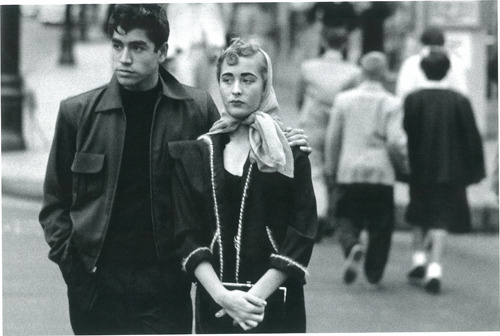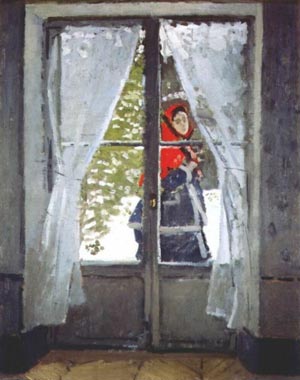I've seriously waited till the last minute, but I am excited to read the articles.
This week has been the craziest of all. We had a new baby in the family, and a death. A life for a life. Too much to think about. And then one must keep going: I still have to work shifts at Starbucks, and the Slide Library, and finish my pot for Ceramics, and write a paper for Dave Smith, and blog, and make art, and wake up everyday.
I'm not Catholic (quite the opposite) but I went to Thursday Vespers this week at St. Anselm in Manchester. If anyone has not experienced this, go. Basically we sit in the choir of the church, with pews on either side of the altar facing each other. Half the crowd (mostly monks) sits on one side and the other half on the other, and we sing the Psalms to each other, back and forth, occasionally joining in all together. It was truly an artful experience.
I am for an art/ Happenings
I wish very much to experience these Happenings. In the second article, Kaprow is attempting to explain/rationalize the Happenings as art. They seem to be an extremely sensory experience, engaging sight, smell, sound, touch, maybe not taste (who knows). He describes them as "melodramatic" and talks about the artists and their perceptions of fame and death. The first article is a description of what these avante-garde artists are trying to convey in their art, of which is delicious, disgusting, tangible, intangible, everything.
The Enveloping Air John Berger
Very pretty little piece about Monet--although nothing very new. He's writing about Monet's color, light, and "instantaneity." He refers to the painting of Camille on her deathbed as one of the greatest paintings of mourning, which maybe I don't agree with.
I love this Monet, another of Camille, but with his signature feeling of detachment:
The Theory and Organization of the Bauhaus
Walter Gropius
The Bauhaus is a movement where artistic expression and creativity are preceded by a rigorous academic program where students are taught the practicalities of creating art. Then after the individual student's gifts are established, they can build upon these talents. The point is to make prolific, creative artists who are also intelligent and practical.








